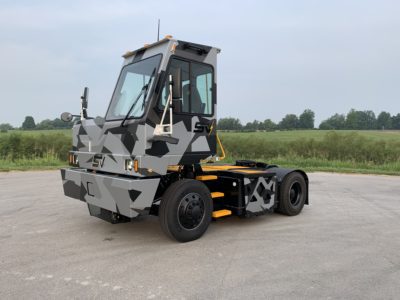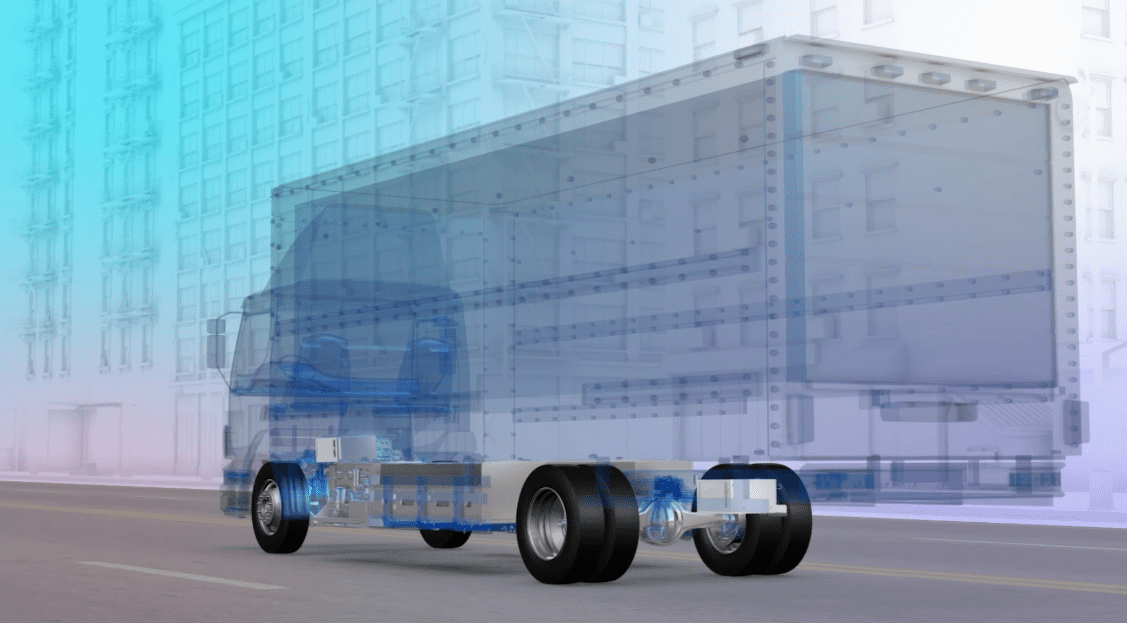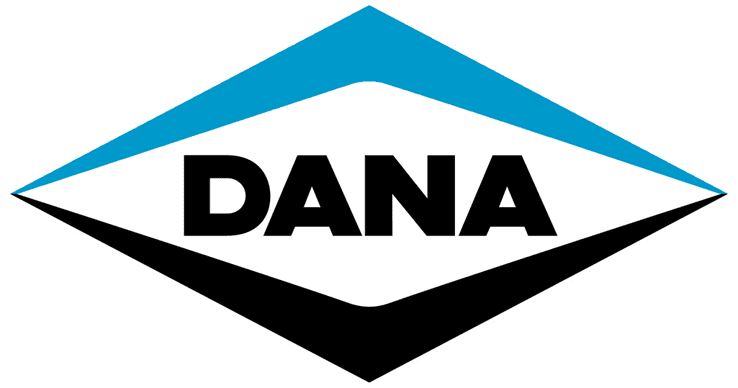The electrification of commercial vehicles on a global scale is well underway, with subsidies, regulations, and generous incentives now popping up everywhere on a seemingly daily basis. Following is an overview of what acceptance here in North America currently looks like and what the electric vehicle (EV) market may look like moving forward.
While some states like California have emissions-reduction incentives in place, increased uptake in North America will be driven more by an EV’s ability to offer improved total cost of ownership (TCO). Simultaneously, the efficiencies of electric motors, inverters, and batteries will continue to improve, ultimately leading to lower weight and lower cost helping to bring the cost of an EV closer to that of a diesel truck, which we estimate occurring in the 2035 to 2040 timeframe.
Drivers in early adopter segments and those in test fleets have shared their preference for EVs because they are quiet, clean, and have great acceleration capability.
Electrification of commercial vehicles will not take place all at once. It will instead occur first in certain market segments like transit and school buses that operate in stop-and-go environments with known duty cycles. Other likely early-adopter markets will be package pick-up and delivery operations with known routes typically characterized by low mileage.
Within the heavy-duty spectrum, yard spotters that move trailers around fleets’ yards represent another example where electrification is viable today. These vehicles are typically based in a fleet’s depot and have convenient and easy access to charging stations.

Image: Dana
Obstacles to Electrification and EV Drivers
There are two main barriers to CV electrification in North America, the biggest of which is possibly fleets themselves. Fleets and owner-operators understandably want to make sure the vehicles have proven reliability and durability, and those factors are still unknown with EVs. When those unknowns are overcome — and they certainly will be — widespread adoption will take place. The second sizable obstacle to EV acceptance is a lack of a charging infrastructure. Charger locations need to be matched to charging needs going forward, which is a hurdle that can be overcome with proper planning. Several organizations, including Dana, are already working collaboratively on determining charging infrastructure needs and potential solutions.
Regulations will be another key factor in the adoption of electric vehicles. Local and national governments are fortunately enacting standards for a certain percentage of zero-emissions vehicles in new vehicle production. Some regions are banning diesel vehicles all together from certain areas, which will assuredly drive up the adoption rate.
Other adoption considerations are those that can’t necessarily be quantified but are important considerations, nonetheless. First is driver acceptance: Drivers in early adopter segments and those in test fleets have shared their preference for EVs because they are quiet, clean, and have great acceleration capability. Another factor of significant importance is that EVs are helping fleets, end-users, and the entire industry meet sustainability goals that in turn helps all of us now and well into the future. These are positive developments that are difficult to quantify but certainly encouraging.
Electrification of commercial vehicles will not take place all at once.
Meanwhile, many companies like Dana have made significant investments to provide the required EV systems and are helping the North American CV market move forward strategically in electrification. Dana alone has already invested more than $300 million, leading to its current Spicer Electrified portfolio — a highly engineered purpose-built, reliable, e-propulsion solution that includes central-mount direct drive with traditional drivetrain systems; central-mount motor with multi-speed gearbox and traditional drivetrain systems; integrated e-Axle systems; full battery-electric vehicle integration; and much more. Dana recently released its new Zero-6 e-axle on Freightliner Custom Chassis Corporation’s MT50e walk-in van chassis, and its fully integrated e-Powertrain system are equipped in Kenworth and Peterbilt medium-duty electric vehicles today. In fact, Dana has electrified content on vehicles all over the world.
What About Diesel?
While rising interest in electric vehicles will continue, diesel will not disappear any time soon. However, for diesel to remain viable, the industry must find a way to offset or eliminate the increased cost of emissions compliance — enter downspeeding.
A downsped system enables the engine to run more efficiently. With its history in drivetrain development, Dana has innovated its efficiency system, inclusive of precision-engineered driveshafts and drive axles, to work in conjunction with downsped engines to provide the durability and reliability required with this advanced specification. Fleets are beginning to understand and realize the benefits of this system, leading to greater adoption of downsped engines that will help reduce or eliminate GHG and NOx output.
For the foreseeable future, both diesel and electric trucks will be on the road. Dana is pleased to report that we are working to make both as efficient as possible.



